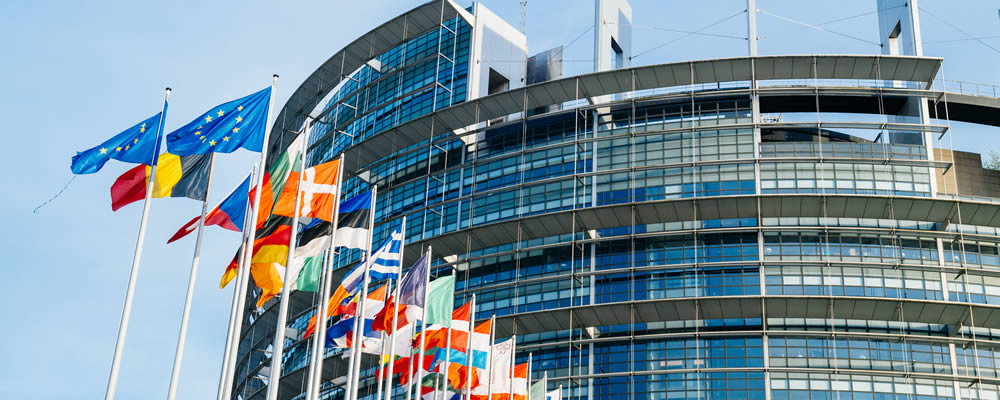EUR/ZAR Exchange Rate Rise on Sentiment Scores Prevented by Strong South African Data
The Euro (EUR) has lost ground to the South African Rand (ZAR) today, falling to a level of ZAR17.5499.
This depreciation has mainly been caused by a sudden spike in Rand demand – the Euro has made gains or traded tightly in other currency pairings.
The morning’s Eurozone data has been positive for the most part, revealing more persons finding employment and higher levels of economic optimism.
These latter results, the ZEW surveys of economic sentiment in September, have shown an improving Eurozone reading as well as an improved German figure.
Commenting on the data, ZEW President Achim Wambach said:
‘During the survey period, the currency crises in Turkey and Argentina intensified, while German industrial production and incoming orders were surprisingly low in July.
‘Despite these unfavourable circumstances, economic expectations for Germany improved slightly.
‘The considerable fears displayed by the survey participants regarding the economic development have diminished somewhat, which may in part be attributable to the new trade agreement between the US and Mexico.’
These confidence measurements have perhaps had a limited positive impact because both the Eurozone and German readings remain negative.
Any reading below 0 means that pessimistic respondents are in the majority, so on paper these results might not have been seen as especially supportive.
Surprise South African Manufacturing Sector Growth Boosts ZAR/EUR Exchange Rate
The South African Rand (ZAR) has firmed against the Euro (EUR) today, hitting a level of €0.0570.
This appreciation comes along with gains against the Pound and US Dollar and has been caused by better-than-expected South African manufacturing data.
Today’s readings, covering output levels in July, have risen from 0.6% to 2.9% for the year-on-year figure, alongside a monthly increase from 0.2% to 1.6%.
Both of these results have exceeded forecast levels, which were respectively set at 1.1% and 1% respectively.
The manufacturing sector contributes 13% of South African GDP and its expansion in July has raised optimism among Rand traders.
Taking the news with a pinch of caution, Nedbank Senior Economist Isaac Matshego said:
‘This could be early signs of stabilisation in the sector, but we cannot rule out shocks especially as trade conditions are affected by the US-China trade war.’
Future Euro to Rand Forecast: Will EUR/ZAR Exchange Rate Slide on Eurozone Production Stats?
The Euro (EUR) is at risk of making greater losses against the South African Rand (ZAR) this week, starting with Wednesday’s Eurozone output readings.
The stats will cover industrial production in July and compared to 2017’s growth of 2.5%, a lesser 1% printing is expected for 2018.
Month-on-month industrial output levels are also expected to disappoint, as economists are predicting a still-negative reading with a shift from -0.7% to -0.5%.
On the other side of the equation, the South African Rand might rise further against the Euro when Wednesday’s later retail sales figures come out.
July’s month-on-month reading is predicted to shift from -1.2% to 0.2%, while compared to July 2017 a year-on-year improvement from 0.7% to 1.3% is forecast.



